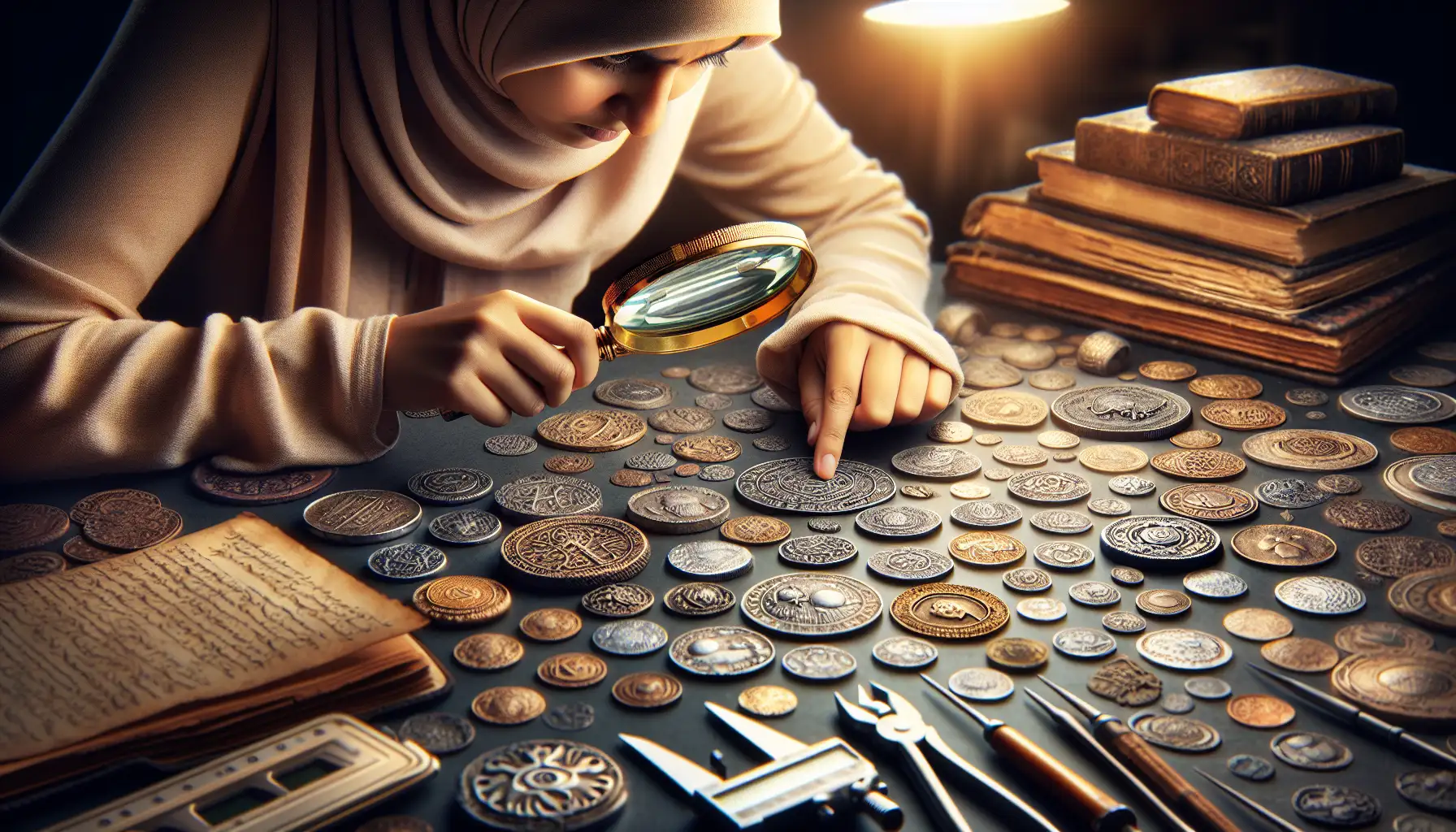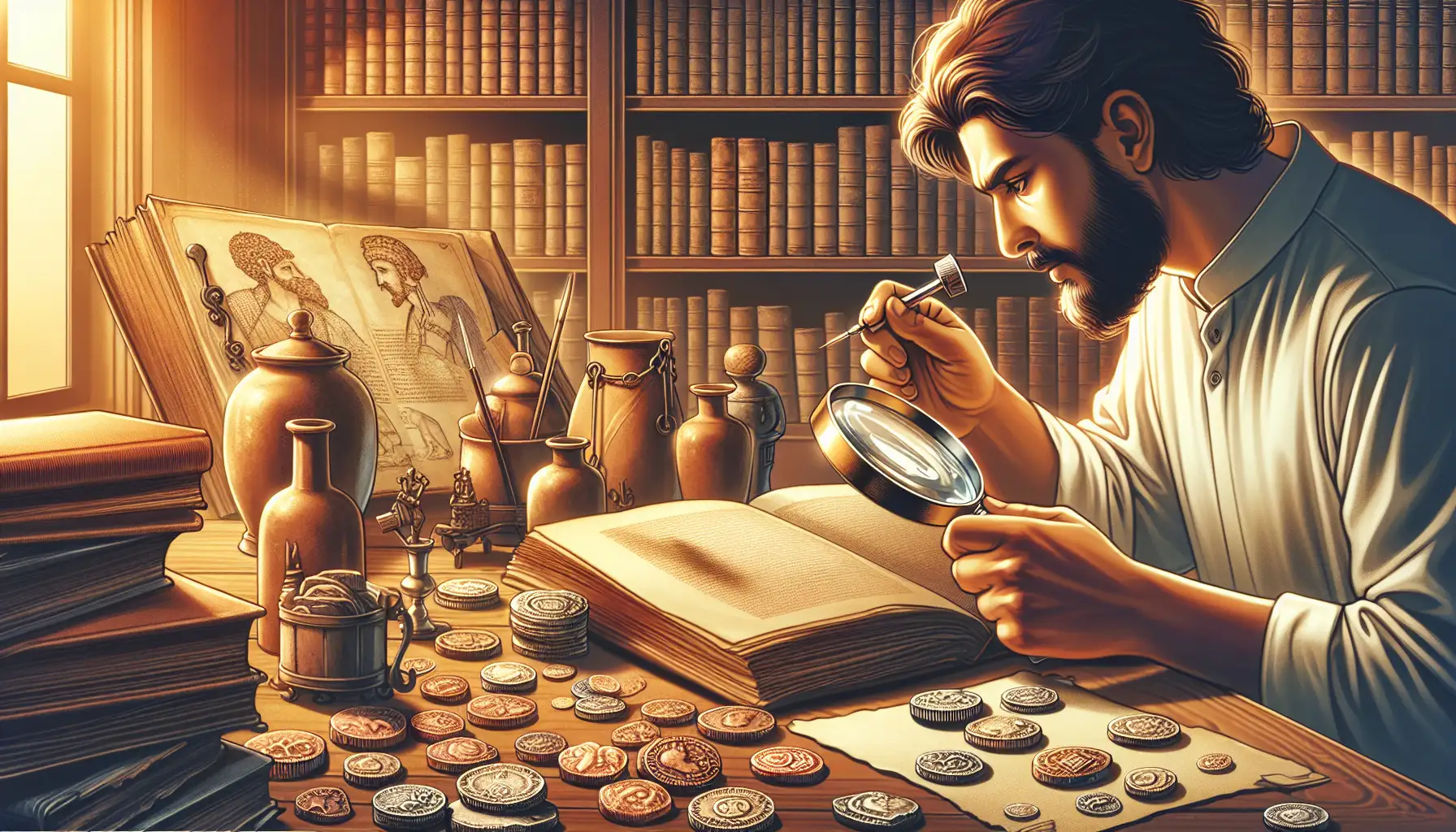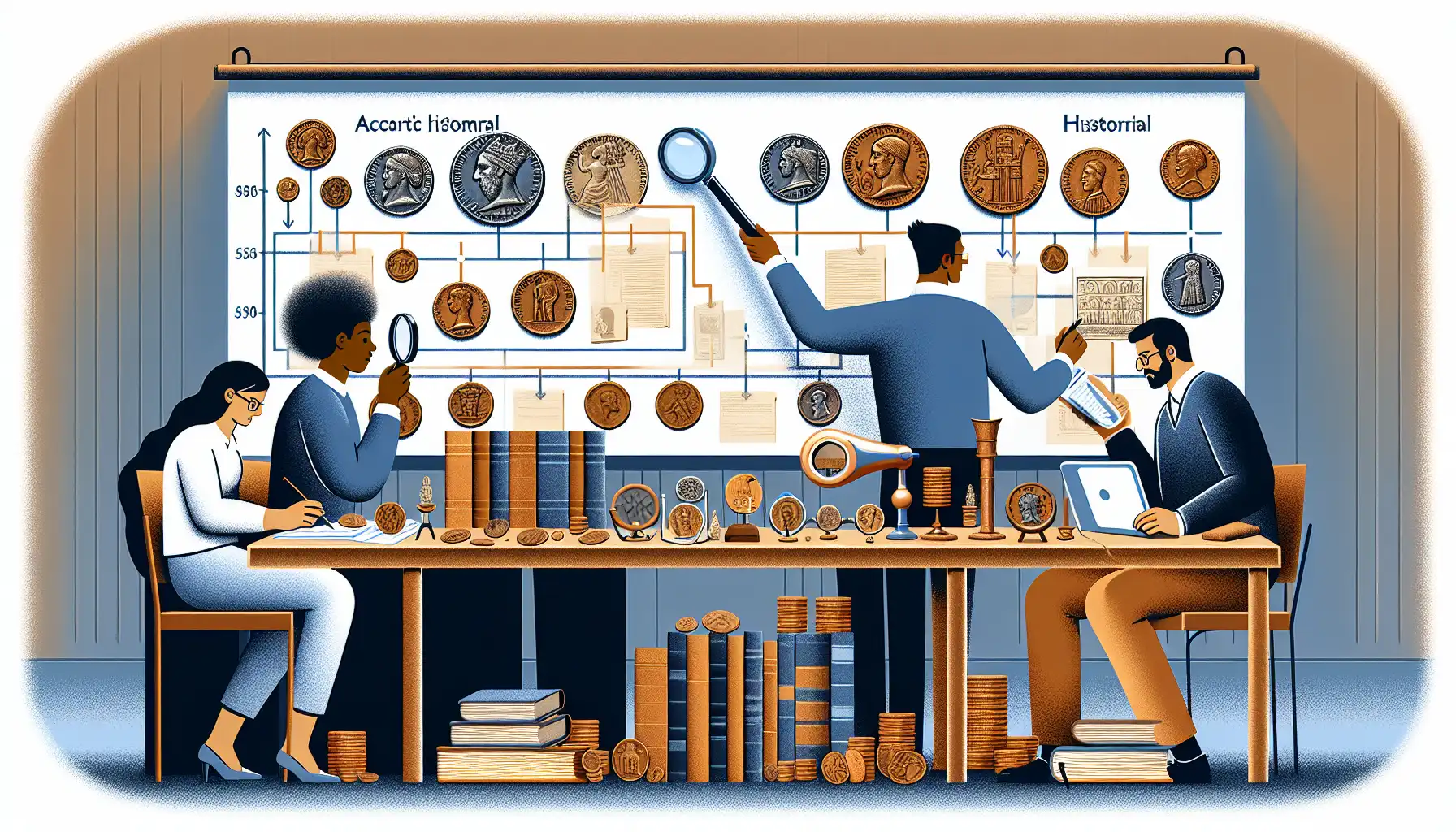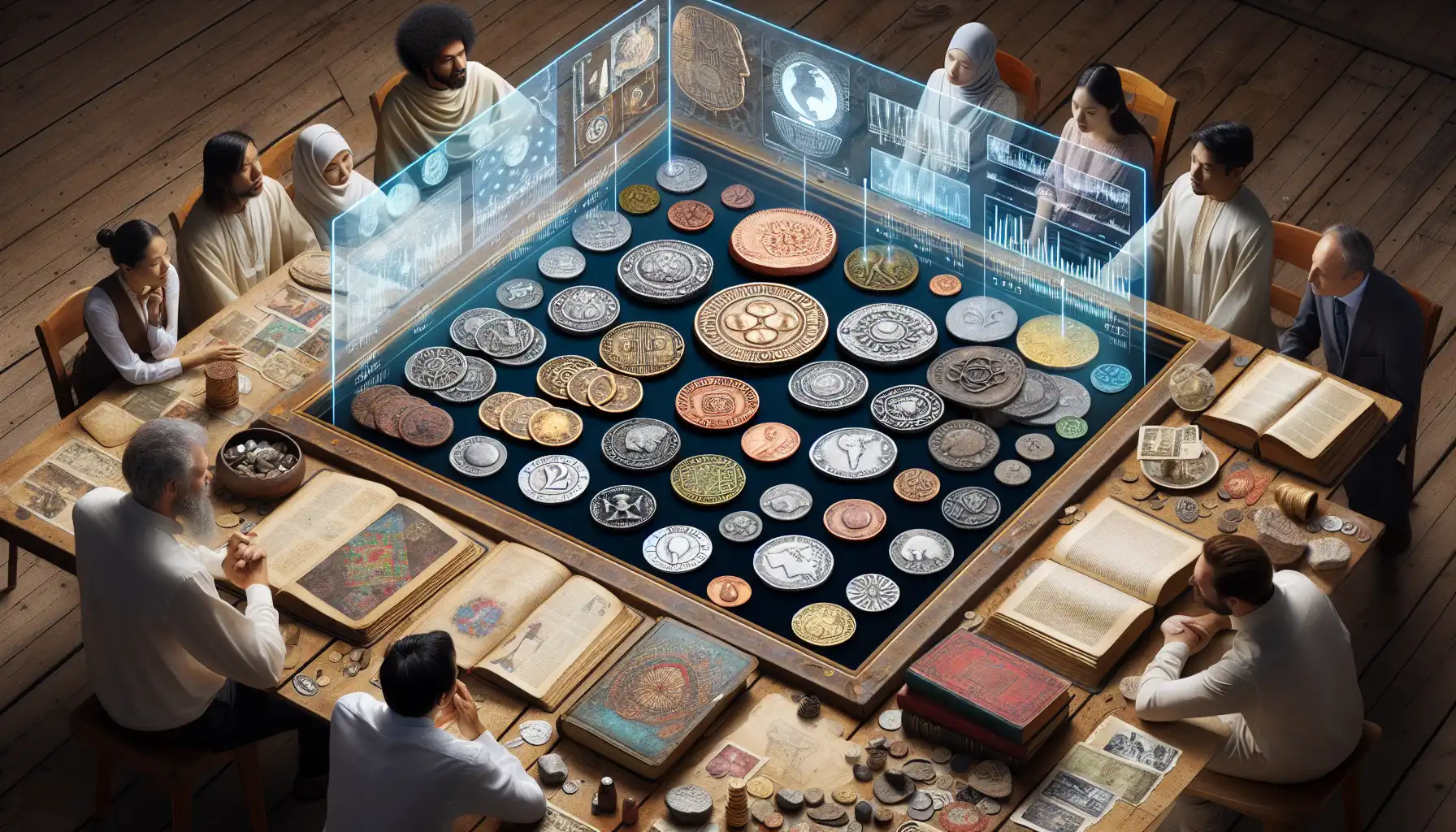Creating Authentic Historical Settings Using Real Coin Evidence
The Role of Coin Evidence in Reconstructing Historical Contexts
Unveiling the Stories Coins Whisper
Coins are more than just metal discs—they’re tiny, durable time capsules. Picture holding a coin minted during the reign of
Julius Caesar. Its worn edges tell of countless hands, pockets, and trades. It’s not just currency; it’s a storyteller. Each ding and scratch whispers tales of bustling markets, whispered deals, or even the trembling hand of a soldier paying for his last meal before battle.
What makes coins so unique in historical reconstruction is their sheer authenticity. They don’t exaggerate or sugarcoat. A single coin can reveal:
- The reach of an empire—where its currency traveled, its influence followed.
- Economic priorities—was it gold for wealth, silver for trade, or copper for the common man?
- Political propaganda—faces of rulers, slogans, or even symbols of power etched into every surface.
Hold one, and you might find yourself wondering: who last touched this? Was it a merchant counting profits, or a farmer buying grain? Real coins root us in moments long past, making history feel personal, tangible, and alive.
Analyzing Coin Designs and Inscriptions for Authenticity

Decoding the Stories Behind Coin Designs
Imagine holding a coin from centuries past—its surface worn smooth by countless hands, yet still whispering secrets of its time. Coins are not just currency; they’re miniature storytellers, capturing the soul of their era in metal. The designs and inscriptions carved into them can unlock doors to a bygone world.
Take, for instance, the intricate profiles of emperors or monarchs on ancient coins. These were no random choices. A ruler's face wasn’t just a portrait—it was propaganda in your pocket. The stern gaze of Augustus on Roman denarii declared power, while the flourishing olive branches symbolized peace under his rule. Each element was intentional, speaking volumes about political priorities and cultural values.
And then there are the inscriptions! Phrases like “Dei Gratia” (By the Grace of God) on medieval European coins weren’t just formalities. They were bold claims of divine right, aimed to cement authority. Look closely, and you might spot abbreviations, religious symbols, or even hidden messages that could leave you breathless with their ingenuity.
Mint marks: Tiny letters or symbols revealing where the coin was made.
Material shifts: Changes in metal composition often signal economic upheavals.
These clues transform coins into tangible artifacts of history, waiting for you to decipher their tales.
Techniques for Integrating Coin Evidence into Historical Narratives

Unlocking the Stories Coins Whisper
Coins aren’t just cold, lifeless metal—they’re time travelers, carrying whispers of forgotten lives. Imagine holding a coin from 15th-century Venice. That weathered surface? It once rested in the palm of a merchant, fresh from trading silk and spices along the Adriatic. Each nick and scratch is a breadcrumb, leading us back to a vibrant world that feels almost tangible.
Incorporating real coin evidence into your historical settings brings a layer of authenticity that’s impossible to fake. Why? Because coins tell us what history books often overlook: the everyday. They reveal what people valued, how they traded, and even the political climates they endured.
Picture a Roman denarius bearing the face of Emperor Augustus—an emblem of power clinking in the pockets of soldiers.
Or a simple copper penny from 18th-century England, hinting at the life of a blacksmith buying bread after a long day’s work.
But it’s not just about their monetary value. Coins can inspire entire scenes. A rusted coin found at a dig site might lead to a subplot about smuggling or trade disputes. The possibilities are as endless as the stories waiting to be told.
Challenges and Solutions in Using Coin Evidence for Historical Accuracy

Unveiling Stories Hidden in Ancient Coins
Imagine holding a coin that once slipped through the fingers of a Roman merchant or jingled in the pocket of a medieval knight. These small, unassuming objects are like tiny time machines, brimming with stories waiting to be uncovered. But here’s the twist—working with real coin evidence isn’t as simple as flipping a penny for luck.
Coins, for all their beauty and intrigue, can be riddles wrapped in metal. Their inscriptions might be worn thin, their edges chipped, or their origins unclear. Sometimes, a single coin speaks volumes, but other times, it raises more questions than answers. For instance:
- How do you decipher an unfamiliar symbol? Is it a family crest, a religious icon, or something else entirely?
- What if the coin is a counterfeit? Could it reflect economic turmoil or clever criminal activity?
Every coin is a clue, but it takes detective-level scrutiny to connect it to a specific moment in history. The stakes are high—get it wrong, and your "authentic" historical setting could veer into fantasy territory. Yet, when you get it right, it's pure magic.
Practical Applications of Coin Evidence in Creative Historical Works

Breathing Life into Your Historical World with Coins
Imagine holding a coin that jingled in the pockets of a Roman merchant or was clutched tightly by a Viking trader sealing a deal. Coins are more than metal—they’re storytellers, whispering secrets of trade routes, power struggles, and daily life. By weaving real coin evidence into your creative work, you can infuse your historical setting with vivid, tangible authenticity.
Picture this: your character hands over a weathered
denarius, its edges smoothed by countless exchanges, to pay for a loaf of bread. Suddenly, their world feels real, alive, touchable. The smallest details—a ruler's profile stamped on the coin, a faded inscription—can anchor your readers in time and place.
- Use a specific coin’s design to spark a subplot. Who minted it? Why?
- Play with its journey. Did it cross continents? Pass through a thief’s hands?
- Show wear and tear—it’s not just money; it’s a witness to history.
Let coins do the heavy lifting in your storytelling. They’re tiny artifacts of truth, waiting to add depth, intrigue, and a touch of magic to your narrative.





